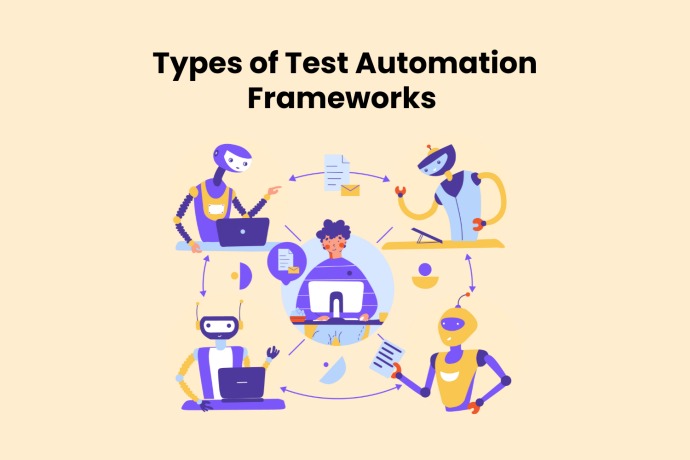In the world of software testing qualifications, understanding test automation frameworks is crucial. As technology evolves, the demand for efficient, reliable, and scalable testing solutions has increased significantly. Test automation frameworks offer a structured approach to automate the testing process. They enhance productivity and reduce time-to-market.
In this blog, we’ll delve into various types of test automation frameworks, offering insights into their functionalities, advantages, and best use cases. Whether you’re a seasoned software tester or aspiring to enhance your Software Testing Qualifications, grasping the fundamentals of Test Automation Framework is essential for success in the competitive IT field.
Table of Contents
- Keyword-Driven Framework
- Data-Driven Framework
- Modular Framework
- Behavior-Driven Development (BDD) Framework
- Hybrid Framework
- Page Object Model (POM)
- TestNG Framework
- Conclusion
Keyword-Driven Framework
The Keyword-Driven Framework, also known as the Table-Driven Framework, operates based on predefined keywords that represent specific test actions or operations. Test scripts are designed using these keywords, allowing testers to create reusable components and achieve a modular approach to test automation. This framework enhances maintainability and scalability by abstracting test details from the underlying implementation.
Data-Driven Framework
In the Data-Driven Framework, test cases are designed to run with multiple sets of test data. This approach separates test data from test scripts, enabling testers to validate application behaviour across various input combinations.
By leveraging data sets stored externally, testers can easily extend test coverage without modifying the test logic. Data-driven frameworks are particularly beneficial for testing scenarios requiring extensive data validation.
Modular Framework
Modular Frameworks promote the division of test automation scripts into discrete, reusable modules, each addressing specific functionalities or features of the application under test. This modular approach enhances maintainability, scalability, and reusability, allowing testers to manage complex test suites efficiently.
Modular Frameworks are well-suited for applications with a modular architecture, enabling testers to seamlessly align test cases with application components.
Behavior-Driven Development (BDD) Framework
Behavior-Driven Development (BDD) Frameworks emphasise collaboration between stakeholders, developers, and testers by defining test scenarios using natural language constructs known as “Given-When-Then” statements.
These frameworks facilitate a shared understanding of application behaviour and requirements, fostering better team communication and alignment. BDD frameworks such as Cucumber and SpecFlow empower non-technical stakeholders to participate actively in testing, thereby enhancing transparency and product quality.
Hybrid Framework
The Hybrid Framework combines elements of multiple automation frameworks to leverage their strengths and comprehensively address specific testing requirements. By integrating different frameworks, testers can achieve a tailored approach to test automation, balancing flexibility, maintainability, and scalability. Hybrid Frameworks are ideal for complex testing scenarios where a single framework may not suffice to meet all requirements effectively.
Page Object Model (POM)
The Page Object Model (POM) is a design pattern commonly used in web application testing to enhance test maintainability and reduce code duplication. In POM, each web page is represented by a separate class that contains its elements and associated actions.
This approach promotes code reusability, improves readability, and simplifies test maintenance, especially in dynamic web applications. POM is widely adopted in Selenium-based test automation projects for its effectiveness in managing web elements and interactions.
TestNG Framework
TestNG is a widely used Java testing framework that provides various features for test automation, including parallel execution, parameterisation, and reporting. TestNG promotes structured testing practices through annotations, enabling testers to define test dependencies, priorities, and execution strategies effectively.
With support for data-driven testing and integration with various build tools and IDEs, TestNG simplifies test automation for Java developers, enhancing productivity and test reliability.
Conclusion
As software testing qualifications continue to evolve, proficiency in test automation frameworks has become indispensable for modern software testers. By understanding the different test automation frameworks and their strengths, testers can devise effective testing strategies, improve test coverage, and accelerate the software delivery process.
Whether it’s keyword-driven, data-driven, modular, or hybrid frameworks, each approach offers unique advantages tailored to specific testing requirements. For more information visit: The Knowledge Academy.

